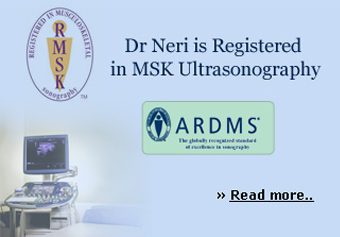Hip Arthroscopy
Hip arthroscopy is utilized to address various pathologies, such as, Femoro Acetabular Impingement (FAI), labral tears and internal snapping hip inside the hip joint.
Arthroscopy, in general, involves the use of small incisions to allow the entrance of a camera and tools into a joint. For hip arthroscopy, the hip is first distracted to allow space for the arthroscopic instruments to enter. Secondly, two to three incisions are made at the lateral aspect of the hip to perform the surgery. Through this technique, the entirety of the hip joint can be visualized to confirm and address various pathologies.
The labrum is a rim of cartilage that extends off the edge of the socket of the hip. Due to acute trauma, genetic make up or the type of sports or activities you partake in, the labrum can be damaged. This can range from fraying of the tissue to an actual complete tear. While in the joint, the tissue can be “cleaned up.” This entails shaving the frayed labral tissue down to stable, healthy tissue. In the case of an actual tear in the labrum, this can be repaired with the use of anchors and sutures to
In cases where FAI or “extra bone” is an issue, the problem areas are sculpted to resemble a more anatomically normal hip, thus eliminating the bony impingement on the labrum.
Hip Endoscopy
Hip Endoscopy entails accessing the space outside the hip joint with a camera and tools through small incisions. This procedure is used to address pathologies of the proximal iliotibial band (IT band), as well as the trochanteric bursa. We call the combination of these conditions Greater Trochanteric Pain Syndrome.
For this surgery, you are placed on your side. There is no need to distract your hip, as the surgery does not take place within the joint. The camera and surgical instruments are used to visualize the structures outside of the hip that are causing your problem. A diamond shaped “window” is made in the IT band, where it overlies the prominence of your hip, the greater trochanter. This eliminates the friction that is causing a lot of your pain. The inflamed bursal tissue is also removed during this surgery.




